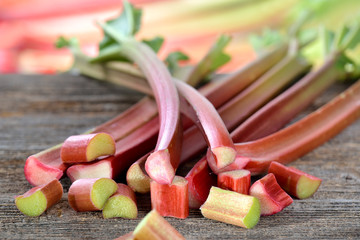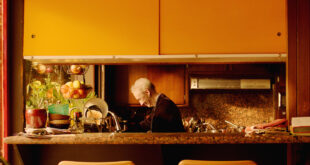In 1620, Sir Matthew Lister introduced the rhubarb plant to England for the first time, where it was praised for its medicinal qualities. It wasn’t until the 1780s that rhubarb was used in pies as a substitute for other fruits. In the early 1800s, the growers of the Rhubarb Triangle developed “forcing,” which enabled them to produce rhubarb in much greater quantities than ever before.
Basically, they allow the rhubarb to grow naturally in a field without harvesting for two years. During this time, the plants are storing energy from the sun in their roots in the form of carbohydrates. After this period, usually in the winter months, the rhubarb is moved into a heated shed which is kept in complete darkness. The supplied heat means they no longer need to use any of their stored energy to make leaves (which turn a sickly yellow-green color), so all of it goes into making the stalk larger (and sweeter). This “forcing” is so successful that you can actually hear the rhubarb growing if you go into the sheds. The buds cracking open is what makes the sound, and there is said to be a constant creaking during growing season. In addition, the rhubarb has to be gathered in very low light, usually candlelight, because the plants are so sensitive to light that the “forcing” would stop.









Join the Discussion
Type out your comment here:
You must be logged in to post a comment.